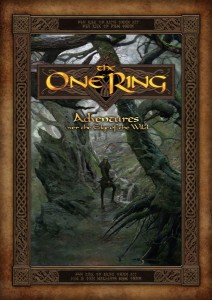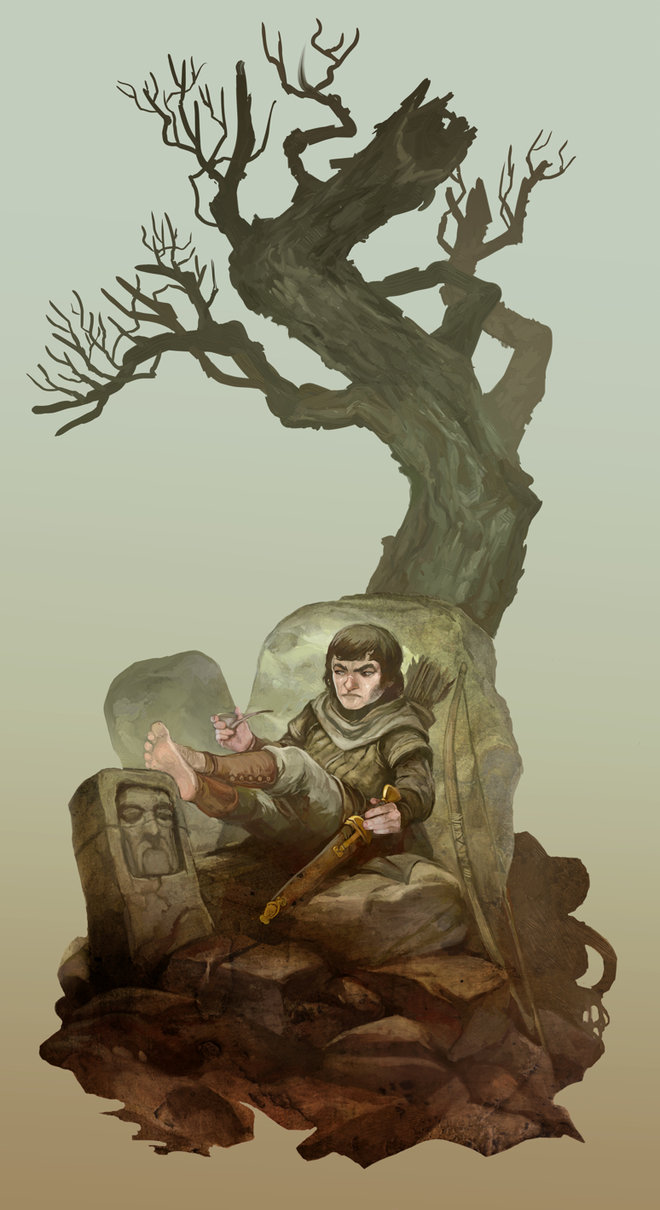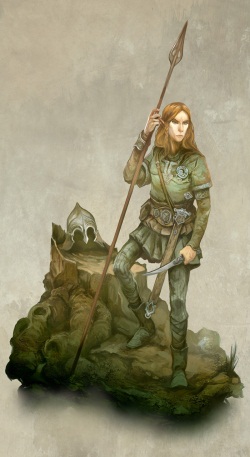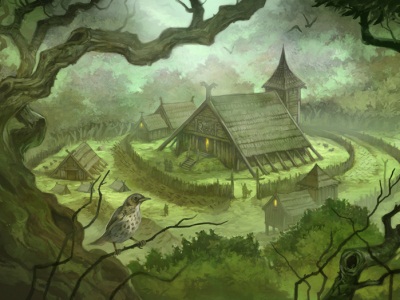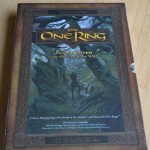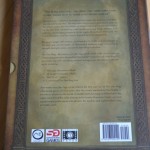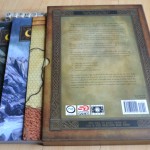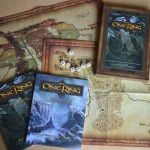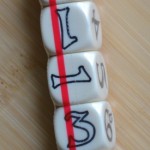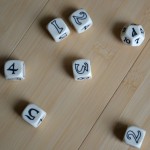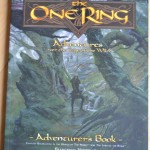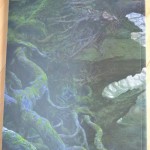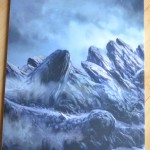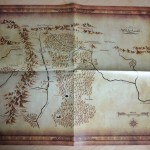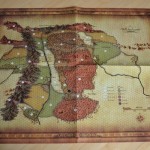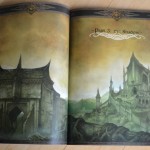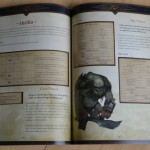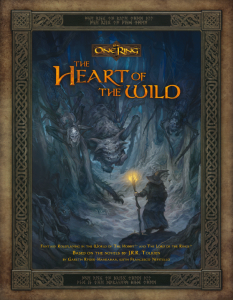 After what seems like seven lifetimes of the elves in waiting, we finally have the next sourcebook for The One Ring RPG by British publishers Cubicle 7, The Heart of The Wild. I have read through my pre-order PDF copy and I think I have an answer to the question, was it worth the wait? The answer is a most resounding yes.
After what seems like seven lifetimes of the elves in waiting, we finally have the next sourcebook for The One Ring RPG by British publishers Cubicle 7, The Heart of The Wild. I have read through my pre-order PDF copy and I think I have an answer to the question, was it worth the wait? The answer is a most resounding yes.
The One Ring: Adventures of the Edge if the Wild, is a charming and remarkably well produced role-playing game penned by Francesco Nepitello and Marco Maggi, a game that captures the spirit of Tolkien’s literary masterpieces perfectly in its immaculate and breathtaking presentation and its wonderful writing.
Cubicle 7 has published disappointingly little since the release of the core books two years ago. We have had an excellent sourcebook of adventures and a GM screen packaged with a small sourcebook on Lake-town and its environs, both of which easily managed to uphold the lofty standards originally set by the core rulebooks.
It is not until now however, that we fully delve into the meat of Tolkien’s wonderful and meticulously detailed Middle Earth as it has been interpreted by Gareth Ryder-Hanrahan and Francesco Nepitello.
The Heart if the Wild is a 128-page hardcover setting sourcebook detailing the Vales of Anduin along the Great River and the ancient, tangled forest of Mirkwood to the east. With descriptions of these two expansive areas it covers the ancestral homelands of the elves of Mirkwood, the Woodsmen of Wilderland and the Beornings, all of which are featured as playable cultures in the Adventurers Guide of the core set.
The first two chapters go into evocative and intricate detail about the Vales of Anduin and the forest of Mirkwood respectively. Each of these areas are broken into smaller regions, valleys and mountain ranges with each entry detailing the lay of the land, its inhabitants, wildlife, history, and lore. What strikes me about these descriptions is how they are written in an easy and concise style, yet are still very akin to the prose used in Tolkien’s own descriptions of Middle Earth. New fellowship phases and cultural virtues are interspersed in these descriptions too, and they are all a welcome addition.
Each page bristles with plot hooks and ideas for your adventures, but never do you feel like Wilderland is just a setting created for your company of heroes to chop-up orcs in. No, this feels like a living breathing world of its own, as Middle Earth always felt in the great professor’s original writings. The captivating descriptions could be pulled right from the pages by the Loremaster, as he describes to his players what their adventurers see as they travel the trackless forests and steep valleys of Wilderland.
The area presented is not as broad in scope as many campaign settings, but rather, it has a tight focus on a smaller geographical area that springs to life in its shear level of detail. So faithful is the writing to its source material that you will be amazed by the quality of content that is not actually part of Tolkien’s original lore, and has been specifically crafted for this book. Not that you will be able to tell the difference, unless perhaps you are a true Tolkien buff, or use Wikipedia like me!
The final chapter is a bestiary of creatures mentioned throughout the previous text, each with a lavish illustration and stats to use them in your game. Again we have a very high level of writing present here, and the number of monsters on display rivals that of Loremasters Guide. The book is rounded off with an appendix featuring a four-page map showing all the new locations that have been mentioned thus far, as well as a very extensive index.
It’s worth mentioning the next book forThe One Ring, The Darkening of Mirkwood, is alluded to throughout this book. The Darkening of Mirkwood is to be a campaign outline and timeline that complements the Heart of the Wild. The book states in the introduction that although the Darkening of Mirkwood is not required to use the Heart of the Wild, the Heart of the Wild is required to use the Darkening of Mirkwood.
The art and design of this on display is a true thing of beauty, like all the other products in the line. I do not yet hold a physical hardcover, but the pdf shows the high level of presentation. The cover is graced with a foreboding picture of the great spiders of Mirkwood confronting Radagast the Brown, inked by John Hodgson. Hodgson’s illustrations feature throughout the book and although other artists make contributions, his wonderfully imaginative and distinctive art have become synonymous with this game.
Many art pieces show landscapes of Wilderland that a Loremaster is sure to show his players as they explore on their journeys, and the maps featured include: the halls of the Elven King, the settlements of the Woodman, the house of Beorn and the dread fortress of Dol Gulder. I cannot say enough good things about the excellent combination of cartography and illustrations used to bring the areas to life. The book is worth the cover price for these maps alone!
In all, The Heart of the Wild is one of the best put together setting books I have ever had the pleasure of owning. It is a beautiful and entertaining book to read, that should appeal to any fan of Middle Earth, and I would go as far as to say that this is absolutely essential reading for any Loremaster running The One Ring. My only hope is that when they are done with The Darkening of Mirkwood, Cubicle 7 next gives the same treatment to the lands of Dale, the halls of the Dwarves, and of course, the fertile lands of the Shire.
James Ramage is a 25 year old gamer from Scotland, sailor of the high-seas and advocate of the “new school of gaming.” He started gaming in high school on bread-and-butter Dungeons and Dragons 3rd edition, back in the pre-revision days when choosing to play a ranger meant being a fighter that could talk to the odd sparrow, and very little else.
He has just started a new campaign using the 13th Age, and is a strong supporter of Dungeon World, The One Ring RPG, Mouseguard and many other narrative-driven games.

